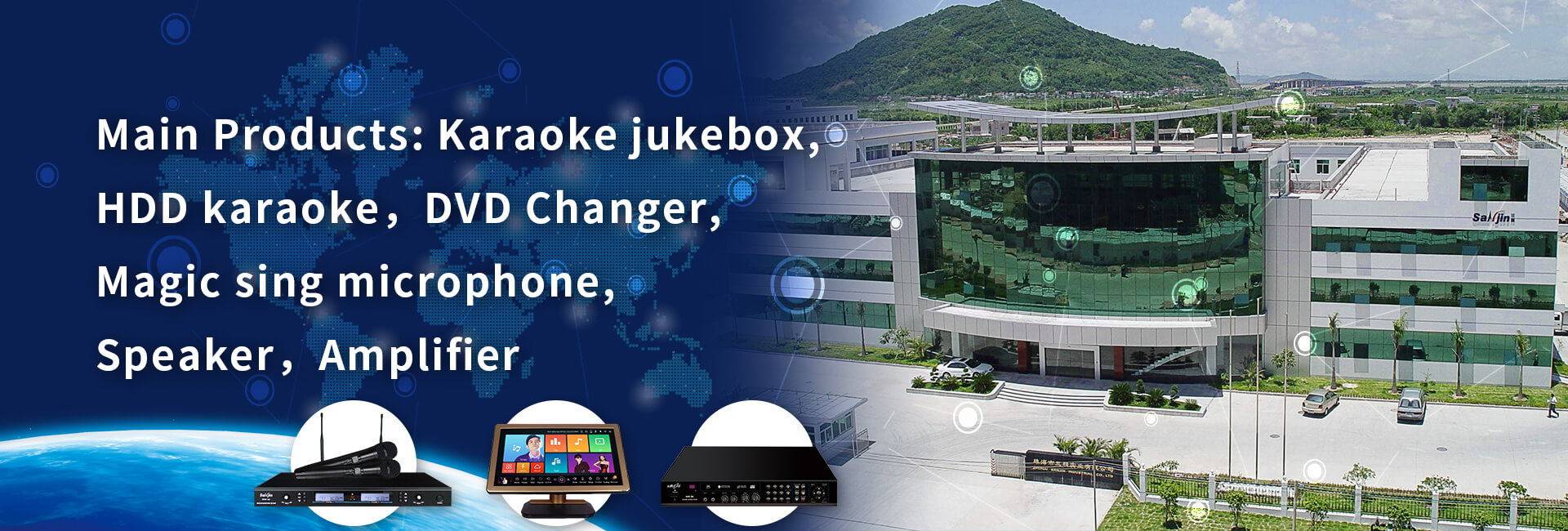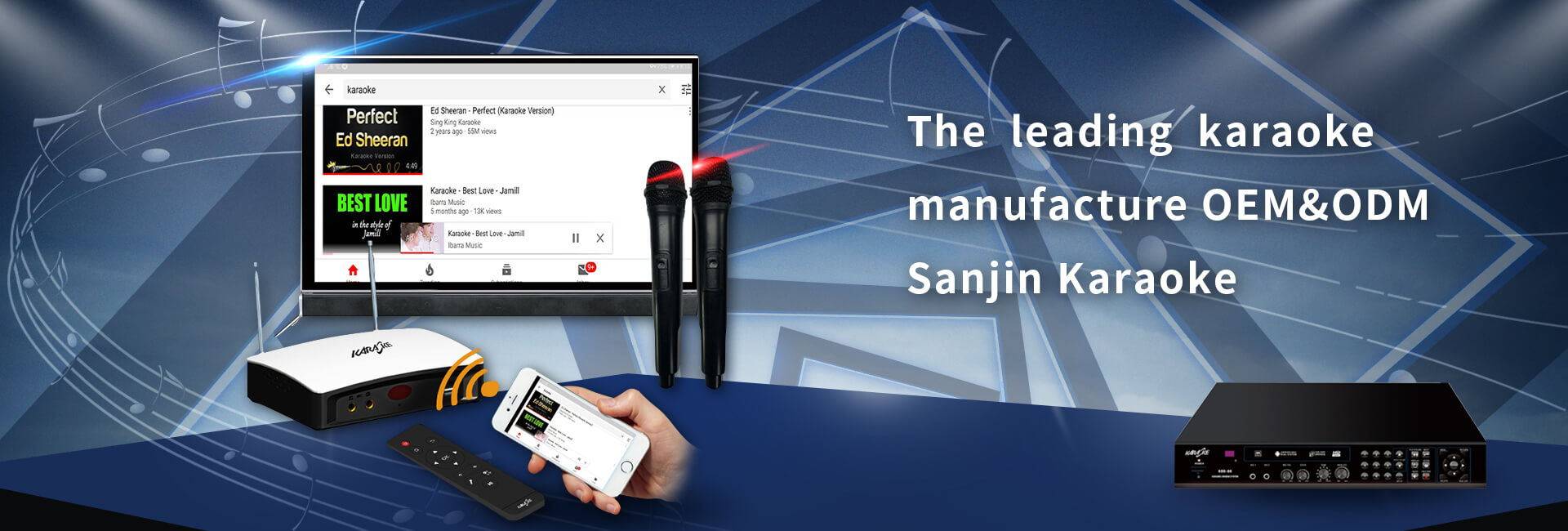Cooperating with our flagship audio amplifier-MB series, the sound effects can be presented more perfectly.
What are full-range audio and three-way audio?
1. The frequency range is different:
Full-frequency, as the name implies, refers to a wide frequency range and a wide coverage. The previous full-frequency speakers covered a frequency range of 200-10000Hz. In recent years, with the continuous improvement of acoustic technology, the general full-frequency speakers can now reach 50—— In the frequency range of 25000Hz, the low frequency of some speakers can go down to 30Hz.
A crossover speaker means that its frequency range is staged, and the signal frequency is more focused. Crossover speakers are generally built-in dual-frequency speakers or tri-frequency speakers or more. The frequency divider speaker is equipped with a frequency divider, which can split different audio signals into several parts, and transmit signals of different frequency bands to the corresponding speakers through the frequency divider.
2. Different focus:
Full-range speaker: point sound source, so the phase is accurate; the timbre of each frequency band tends to be the same, which is easy to bring better sound field, image resolution, instrument separation and level. Due to the strong expressiveness in the mid-frequency stage, it happens that most of the human voices are mainly mid-frequency. Therefore, the full-range speaker is very suitable for listening to the human voice, and the distortion rate of the ear is low, and the human voice is quite full and natural.
Crossover speaker: Each frequency band is sounded by an independent unit, so each unit can work in the best condition. The extension of high and low frequencies is easier and better. The independent intermediate frequency unit can bring extremely high playback quality, and the overall electro-acoustic conversion efficiency is high.
3. Different disadvantages:
Disadvantages of full-range speakers: The design and final performance of each frequency band will be constrained because of the need to meet the needs of different frequency bands in design. The extension at both ends of the high and low frequencies is relatively limited, and the transient and dynamic are relatively compromised.
Disadvantages of crossover speakers: Tone difference and phase difference exist between the units; the crossover network introduces new distortion to the system. The sound field, image resolution, separation and gradation are all more susceptible to influence, and the timbre may be deviated.
Post time: Sep-15-2021





